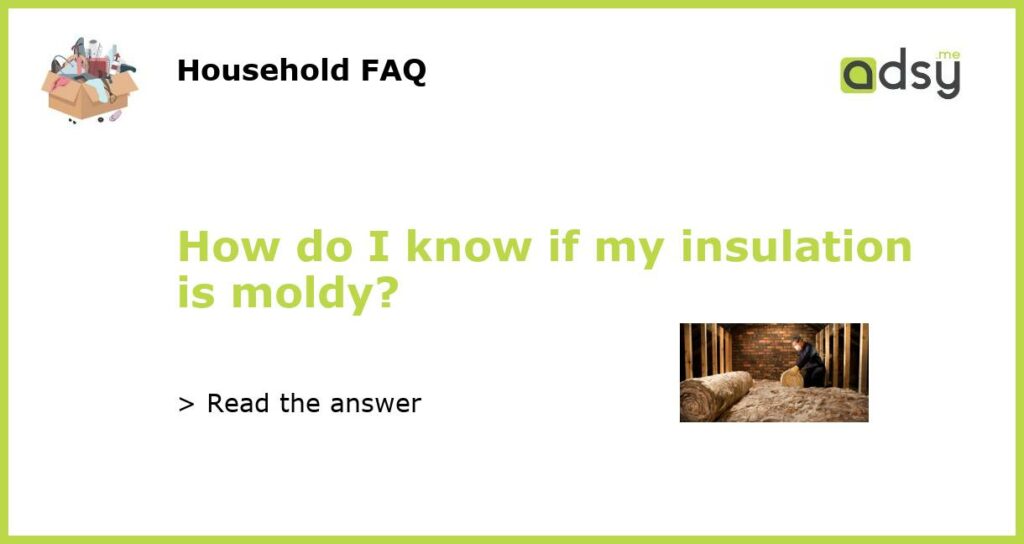Signs of Moldy Insulation
Insulation is an important component of any home, helping to keep the indoor temperature comfortable and energy bills low. However, if you suspect that your insulation has become moldy, it is crucial to take immediate action. Mold can not only compromise the effectiveness of the insulation but also pose health risks to you and your family. So, how do you know if your insulation is moldy? Here are a few signs to look out for:
Visible Mold Growth
The most obvious sign of moldy insulation is the presence of visible mold growth. If you notice dark spots or patches on your insulation, it is a clear indication of mold infestation. Mold thrives in damp and humid environments, so it is common to find it in areas where moisture is present, such as basements, crawl spaces, and attics.
Musty Odor
An unpleasant, musty odor is another telltale sign of moldy insulation. Mold releases volatile organic compounds (VOCs), which can cause a distinctive smell. If you detect a musty or earthy scent when near your insulation, it is a strong indication of mold growth. The odor may be more noticeable in enclosed spaces or areas where the insulation is exposed.
Respiratory Issues and Allergies
If you or your family members are experiencing respiratory issues, such as coughing, sneezing, or difficulty breathing, it could be a result of moldy insulation. Mold spores can become airborne and trigger allergic reactions or respiratory problems in sensitive individuals. If these symptoms are more prevalent when you are in close proximity to the insulation, it is advisable to have it inspected for mold.
Water Damage or Moisture Problems
Mold requires moisture to grow and thrive. Therefore, if you have had any water damage or moisture issues in your home, there is a higher likelihood of mold growth in the insulation. Leaks, condensation, or flooding can create damp conditions that promote the growth of mold. Be particularly vigilant if you have experienced water-related problems in areas where the insulation is installed.
High Humidity Levels
High humidity levels can contribute to mold growth throughout the home, including in your insulation. If you live in an area with consistently high humidity or have inadequate ventilation, the excess moisture in the air can seep into the insulation and create a conducive environment for mold. Consider investing in a dehumidifier or improving ventilation in areas where you suspect mold growth.
In conclusion, if you notice visible mold growth, detect a musty odor, experience respiratory issues or allergies, have had water damage or moisture problems, or live in an area with high humidity levels, there is a strong possibility that your insulation is moldy. It is essential to address the issue promptly to prevent further damage to your home and protect your health. Consult a professional insulation contractor or a mold remediation specialist to assess the situation and provide suitable solutions. Remember, a thorough inspection is crucial, as mold growth may not always be visible on the surface of the insulation.

